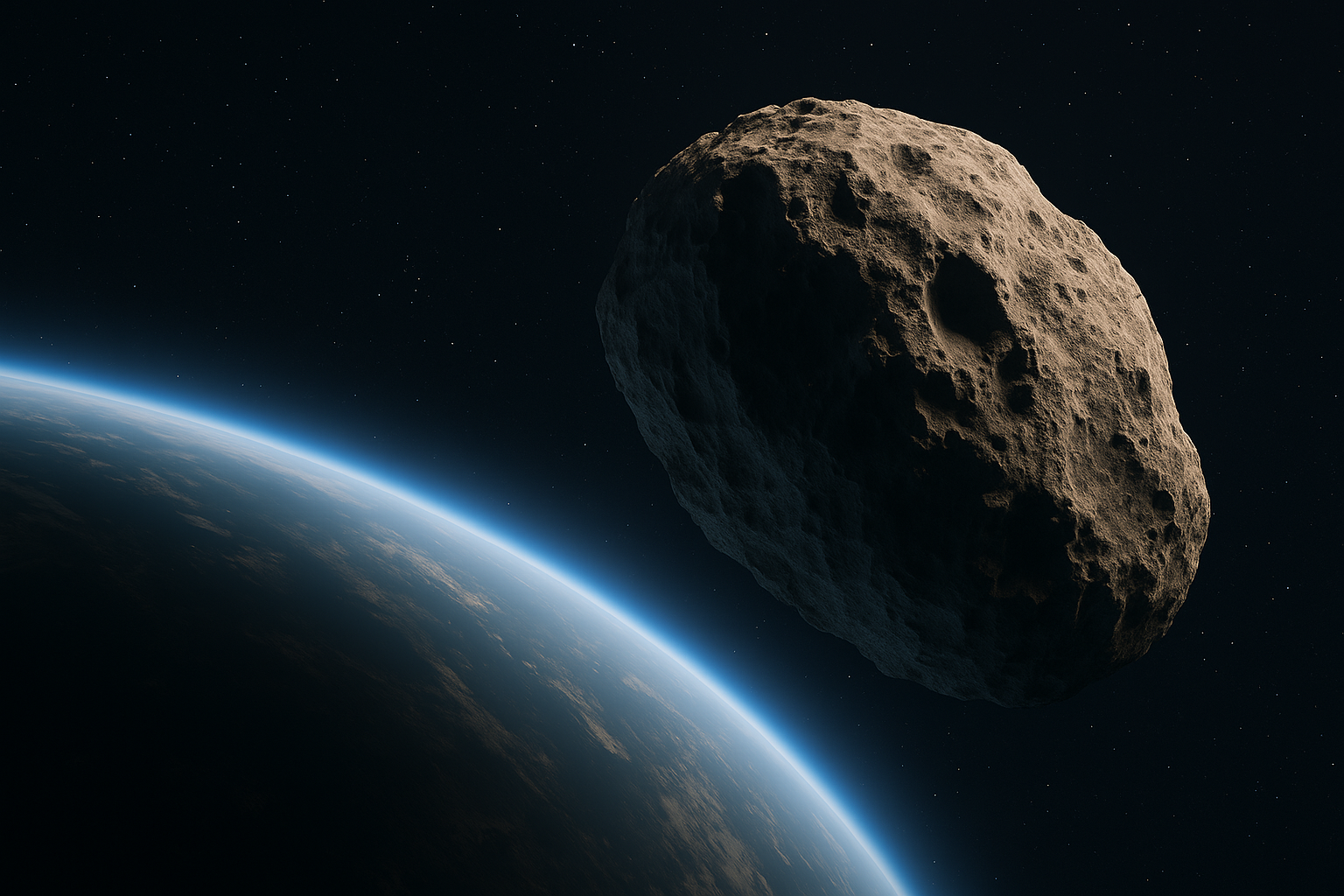Airplane-sized asteroid approaches Earth at 27,000 kilometers per hour

Another asteroid, 2025 OW, is also notable for its approach to Earth on July 28th. This approximately 64-meter-tall asteroid will pass approximately 632,000 kilometers from our planet, which is 1.6 times the average distance between the Moon and Earth.
Similarly, during its July 30th pass, asteroid 2025 OL1 will pass cosmically close to our planet, traveling at approximately 27,000 kilometers per hour, at a distance of 1.29 million kilometers. While this asteroid, about the length of an airplane and approximately 33 meters in diameter, is classified as "potentially hazardous," its current orbit poses no risk of impacting Earth.
NASA's Center for Near-Earth Object Studies (CNEOS) is closely monitoring OL1's orbit. Experts caution that small gravitational influences could alter its orbit during future passes, making continued monitoring and early detection crucial for planetary defense.
Ian J. O'Neill, a media relations specialist at NASA's Jet Propulsion Laboratory (JPL), notes that such transitions are extremely routine:
"If there were a real threat, we would have announced it. There's no need for concern." Asteroid expert Davide Farnocchia, who works at the same center, emphasizes that these transits are "the natural course of the solar system."

The CNEOS team monitors multiple asteroids every week. "The orbit of 2025 OW is known precisely," Farnocchia said. "We can calculate the position of this asteroid for the next 100 years."
These asteroids won't be visible to the naked eye or binoculars. However, experts predict that in 2029, an asteroid approximately 340 meters long, named Apophis, will approach Earth within 38,000 kilometers and be visible to the naked eye. This event will be a celestial spectacle the public will be able to witness on a rare occasion.
Approximately 100 tons of space debris enters Earth's atmosphere every day. However, most of this is harmless dust particles. Large-scale asteroid impacts are extremely rare. According to Farnocchia, the probability of an asteroid the size of 2025 OW hitting Earth is approximately once every 10,000 years, on average.
SÖZCÜ





